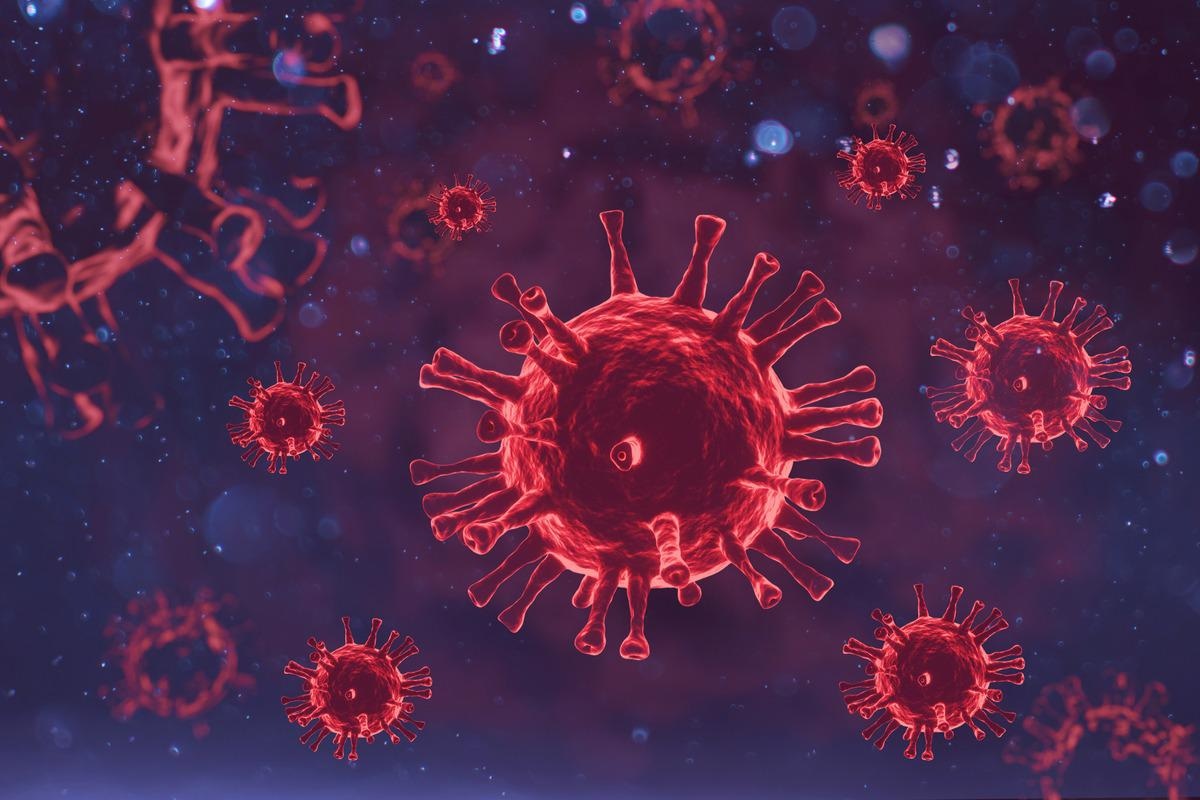In a recent serological investigation posted to the medRxiv* preprint server, researchers assessed the sera from coronavirus disease 2019 (COVID-19) infected and vaccinated individuals against receptor-binding domain (RBD) in the spike (S) protein of the severe acute respiratory syndrome coronavirus-2 (SARS-CoV-2) wildtype (WT) virus and its variants.
 Study: Cohort-specific serological recognition of SARS-CoV-2 variant RBD antigens. Image Credit: ker_vii/Shutterstock
Study: Cohort-specific serological recognition of SARS-CoV-2 variant RBD antigens. Image Credit: ker_vii/Shutterstock
The emergence of SARS-CoV-2 variants throughout the COVID-19 pandemic has led to the discovery of several clinical features of the variants and the most significant of them being the immune evasive nature, increased transmissibility, and disease severity among others. Various studies are underway to look into the effects of new variants on immune memory in naturally infected individuals and the efficacy of vaccines and antibody therapeutics.

 *Important notice: medRxiv publishes preliminary scientific reports that are not peer-reviewed and, therefore, should not be regarded as conclusive, guide clinical practice/health-related behavior, or treated as established information.
*Important notice: medRxiv publishes preliminary scientific reports that are not peer-reviewed and, therefore, should not be regarded as conclusive, guide clinical practice/health-related behavior, or treated as established information.
In most of the studies, it has been shown that the immune escape characteristic is due to mutations in the receptor-binding motif (RBM) within the RBD which is the key target of about 90% neutralizing antibodies. Studies also demonstrated that sera from vaccinated or infected individuals can neutralize SARS-CoV-2 viruses with just the N501Y substitution in the RBD, but a less efficient neutralization has been observed for viruses with the E484K mutation.
The study
In the present study, researchers determined antibody response in infected and vaccinated individuals and stratified them into four cohorts – mRNA vaccine recipients, critically-ill patients (requiring intensive care unit), NIBSC/WHO reference positive donors, and non-critically-ill ambulatory or hospitalized patients (AHP). The researchers measured anti-SARS-CoV-2 IgG antibodies using enzyme-linked immunosorbent assay (ELISA) in sera samples from donors.
Results
The team found that all 168 sera samples were positive as tested by DBC ELISA kits which were verified by another the Genscript cPass SARS-CoV-2 neutralization antibody kit. They investigated whether humoral responses differed between vaccinated and infected individuals and if mutations of RBD in various SARS-CoV-2 variants had any impact on the immune response.
About 25% of donors were found to be seropositive for SARS-CoV-2 before vaccination despite claiming no history of COVID-19; a high ELISA signal above the maximal optical density (OD) of 4 after the first dose of mRNA vaccine was observed in 80% of these donors. The study observed no significant effect of prior SARS-CoV-2 infection in the antibody response of double-dose mRNA vaccinees.
The authors compared the sera samples from vaccinated individuals to those from COVID-19-infected patients who were stratified into three cohorts. The ICU patients were classified into two sub-strata based on the duration of hospitalization, i.e., shorter (two to seven days) and longer (over 10 days) hospitalization. There was no difference in ELISA responses of sera to four SARS-CoV-2 variants (each carrying a single mutation) and WT virus for AHP and WHO samples.
Sera from vaccinated individuals demonstrated higher ELISA ratios than those from AHP and WHO individuals against the antigen of WT virus and 11 SARS-CoV-2 variants. The median ratio of over 15 was observed for the vaccinated cohort against all mutated antigens except the N439K mutated antigen.
The authors observed no significant difference in reactivity of samples from the shorter ICU cohort for the WT antigen and variants. For ICU patients requiring more than 10 days of hospitalization, the antibody response was similar to that of vaccinated individuals.
Conclusion
The study reported that sera from vaccinated individuals elicited maximal antibody response and exhibited higher reactivity to RBD antigen(s) than COVID-19-convalescent samples and, the patients who needed longer ICU stays had antibody responses comparable to those of vaccinated individuals.
The findings of this study demonstrated that sera from double-dose mRNA vaccine recipients could recognize SARS-CoV-2 RBD antigens comparatively higher than that from all three convalescent cohorts. The patients in the ICU cohort with prolonged hospitalization were unable to distinguish between RBD antigens from different SARS-CoV-2 variants which could probably be due to the induction of a broader polyclonal antibody response because of increased disease severity.
The present findings are limited to just the mRNA vaccine recipients since the immune response patterns to mutated antigens of SARS-CoV-2 for other vaccine recipients were not investigated. Also, further investigation is needed to assess the immune responses from sera collected several months to years after vaccination/infection. Although the effects of RBD mutations are known to influence affinity to ACE2 receptors in hosts, they were not examined in this study.
Overall, the observations made in this research work can help develop variant-specific immunoassays that can assist in understanding and evaluating the epidemiology of new SARS-CoV-2 variants.

 *Important notice: medRxiv publishes preliminary scientific reports that are not peer-reviewed and, therefore, should not be regarded as conclusive, guide clinical practice/health-related behavior, or treated as established information.
*Important notice: medRxiv publishes preliminary scientific reports that are not peer-reviewed and, therefore, should not be regarded as conclusive, guide clinical practice/health-related behavior, or treated as established information.